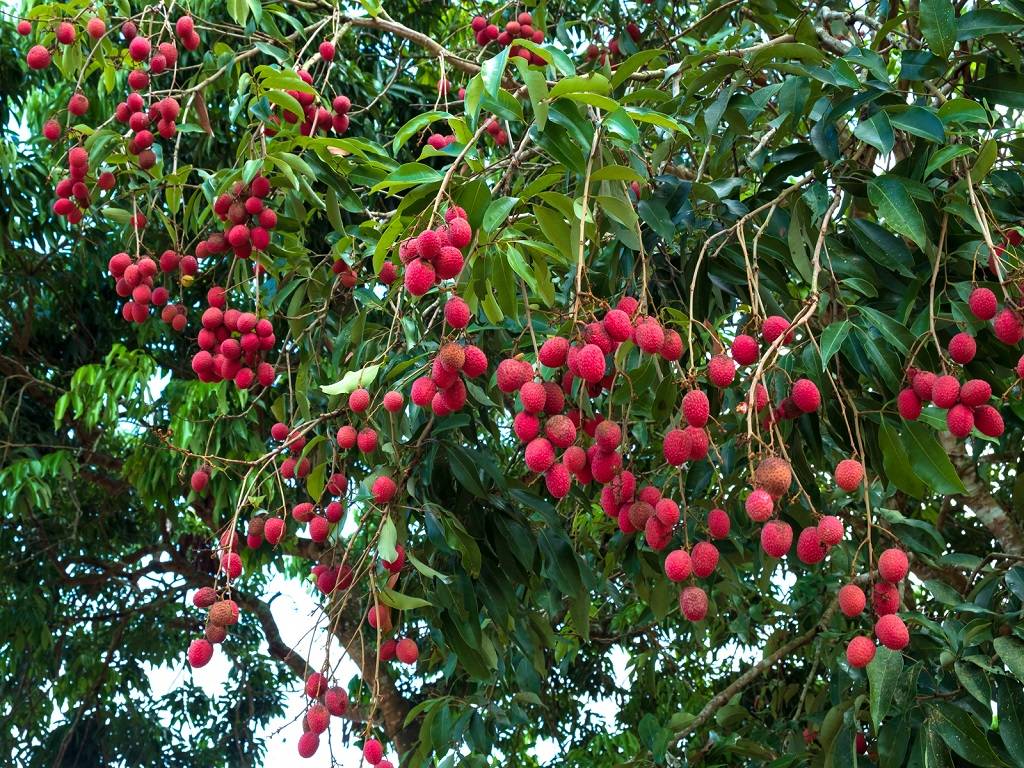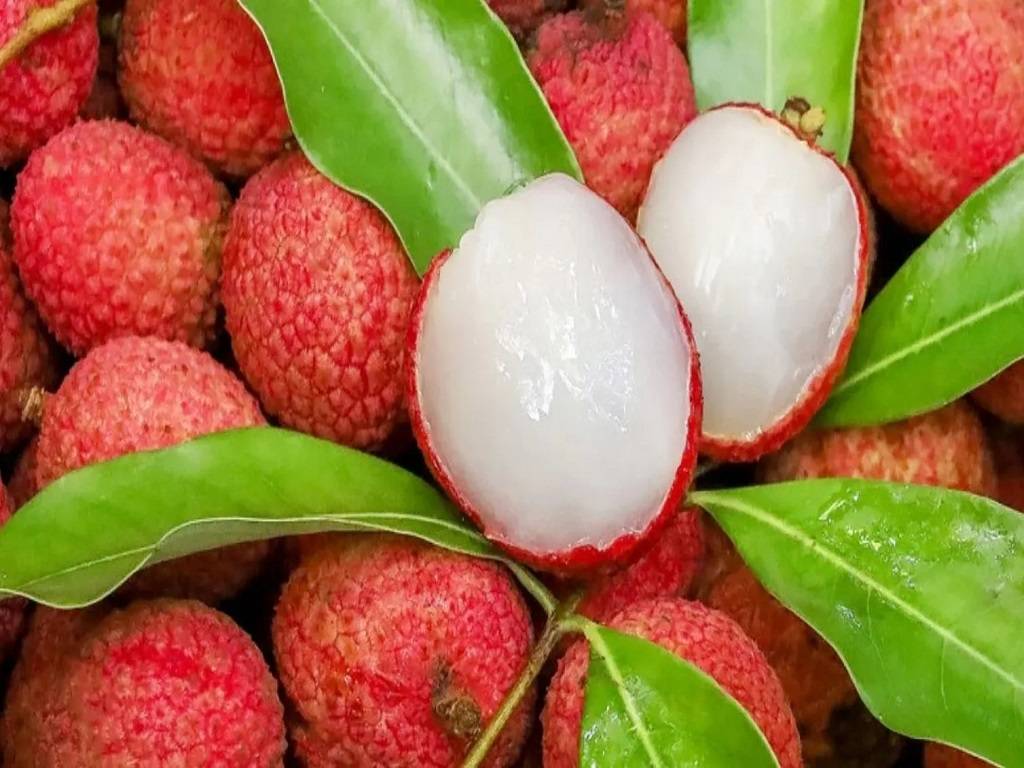
Litchi (Litchi chinensis) is a sweet, high-quality fruit with a juicy texture. The translucent, flavorful aril or edible flesh of the litchi is preferred as a table fruit in India while in China and Japan, litchi is valued in its dried or canned form.
Litchi originated from southern China, particularly in the provinces of Kwangtung and Fukien. Due to the soil, environmental needs, and limited seed life of litchi, its spread to other regions of the world was relatively slow. During the 18th century, litchi reached India through Myanmar and the North East region.
Area and Production
After China, India is the world's second-largest producer of litchi. Thailand, Australia, South Africa, Madagascar, and Florida in the US are further important producing nations.
In terms of area and output among fruit crops, litchi is sixth in India but seventh in terms of value. The realizable output of the crop under well-managed conditions is substantially higher than the national average productivity of litchi, which is 6.1 t/ha. In West Bengal, the productivity of litchi is 10.5 tonnes/ha, compared to 8.0 tonnes/ha in Bihar. In other states, the productivity is much lower, The lowest production, of 1.0 t/ha in Uttarakhand.
Economic Importance
The sugar content of litchi, which varies from variation to variety, is what gives it its greatest nutritional worth. In addition to being high in proteins (0.7%), lipids (0.3%), carbohydrates (9.4%), minerals (0.7%), fibre (2.25%), calcium (0.21%), phosphorus (0.31%), iron (0.03%), and carotene, the fruit is also high in vitamins B1, Riboflavin, and C. Litchi is a fruit that can be canned quite well. The litchi fruit is also used to make an extremely flavorful squash that is consumed in the summer. Other goods created from litchi include pickles, preserves, and wine in China. Chinese people love dried litchi, often known as litchi nuts.
Land Preparation
The area has been completely levelled and stripped of any vegetation. After that, the area is ploughed with a disc plough and a harrow. The development of litchi plants is negatively impacted by hot, desiccating breezes in the summer and by cold, brisk winds in the winter. Therefore, an appropriate wind barrier should be planted at the orchard boundary and it should be at a right angle to the direction of the predominant winds for the proper development of a litchi plantation. Mango, Jamun, eucalyptus, Arjun, and other tall-growing trees are suited for this use.
Propagation
The air-layering approach is used to commercially spread litchi. The process of seed propagation is uncommon and requires a lot of time for tree establishment. Pick pest- and disease-free branches that are 2-3 cm in diameter and 30–60 cm long for air layering. Use a sharp knife to cut out the bark ring that is 4 cm wide. Put moist moss on the exposed area, and then securely wrap a polythene sheet around it. After 4 weeks, root growth will begin. Detach the "Gootee" from the mother tree once a significant number of roots have grown. then right away put it in a nursery. After that, irrigate it. Air layering is possible from mid-July until late September.

State Wise Varieties of Litchi
Bihar & Jharkhand: China, Deshi, Purbi, Early & Late Bedana, Mclean, Swarna Rupa, Shahi, Kasba
Orissa: Muzaffarpur, Bombai, China
Punjab & Haryana: Early Seedless, Late Seedless, Seedless-1, Seedless-2
Uttarakhand: Rose Scented, Calcuttia, Early & Late Seedless
Uttar Pradesh: Seedless Early, Seedless Late, Early Large Red, Late Large Red, Calcutta, Rose Scented, Dehradun
West Bengal: Muzaffarpur, China, Deshi, Purbi, Elachi Early, Elachi Late, Bombai, Goothi, Bedana, Potee, Kalyani Selection
Harvesting and Yield
Generally, harvesting takes place in May and June. The flatness of the tubercles and relative smoothness of the epicarp is used to determine the fruit's ripeness. In addition, as a fruit reaches maturity, its colour changes from green to pink. In addition to a piece of the branch and a few leaves, the fruits are collected in bunches. This aids in enhancing the fruit's ability to retain quality while also giving the tree light pruning.
In the case of plants produced using air layering, fruiting starts between 5 and 6 years of age. In most of the commercial cultivars of India, it takes 70 to 100 days after flowering for the fruits to become mature. The yearly fruit production of a Litchi Tree ranges from 40 to 100 kg, depending on the type, location, season, nutrition, and age.











